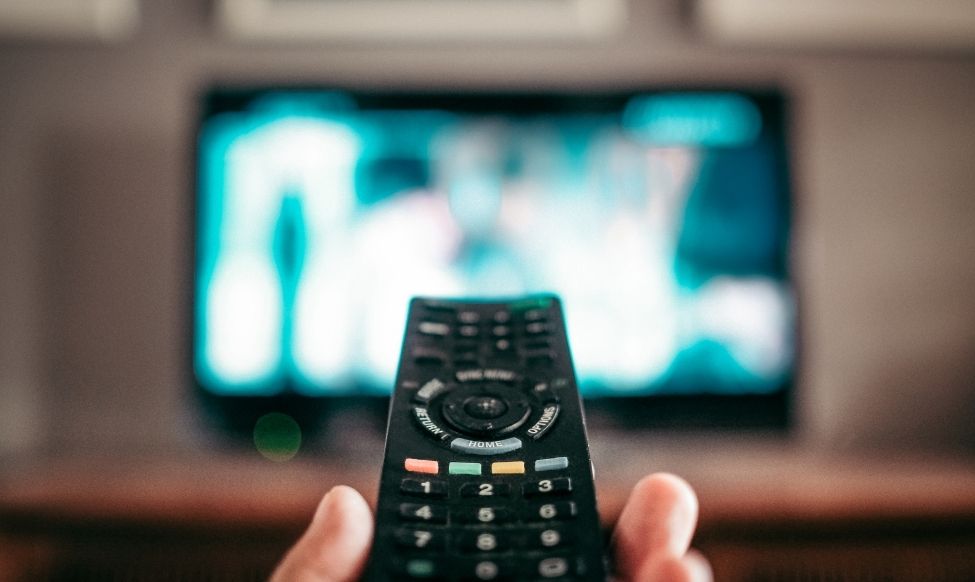This blog has previously reported on American Broadcasting Co. v. Aereo, a dispute between television broadcasters and a start-up that distributed broadcast signals through a network of small antennas in a “cloud.”
For around $10 a month, subscribers could record shows and watch live and recorded programming from their mobile devices. In June, finding that Aereo’s resemblance to traditional cable companies was “overwhelming,” the Supreme Court determined that Aereo’s service conflicted with copyright law requiring the copyright owner’s permission for a public performance of the protected work. “Performance” includes retransmission to the public, and the Court was not swayed by Aereo’s argument that its retransmission was private due to the nature of the technology. Due to the service’s “overwhelming likeness” to a cable company, the Court found that any technological differences were inconsequential.
But Aereo refused to see the Supreme Court decision as the end of the line; the seemingly never-ending case then returned to the Southern District of New York. In an order dated October 23, 2014, U.S. District Judge Alison J. Nathan granted a preliminary injunction against Aereo, enjoining the company from “streaming, transmitting, retransmitting, or otherwise publicly performing any Copyrighted Programming1 over the Internet (through websites such as aereo.com), or by means of any device or process throughout the United States of America, while the Copyrighted Programming is still being broadcast.” For the time being, the judge rejected the broadcasters’ request for a more expansive order that would have also prohibited the copying and storing of copyrighted matter for later viewing, but this limitation was hardly a victory for Aereo considering the nationwide ban on a significant aspect of its service offerings.
Because the Supreme Court decision addressed only the narrow issue of whether Aereo’s retransmission constituted a “performance” as defined in the Copyright Act—and not whether Aereo had actually infringed on the broadcasters’ copyrights—it remains to be seen precisely what services Aereo can and cannot offer its customers. Perhaps this case will make it back to the Supreme Court before long.
Further reading and sources:
Lyle Denniston, Aereo blocked from real-time TV rebroadcasts,SCOTUSBLOG (Oct. 23, 2014, 7:27 PM), http://www.scotusblog.com/2014/10/aereo-blocked-from-real-time-tv-rebroadcasts/
Kevin Goldberg, Just in time for Halloween: Zombie Aereo: Preliminary injunction kills Aereo’s “live” retransmissions but leaves it partly alive and still shuffling, CommLawBlog (Oct. 29, 2014), http://www.commlawblog.com/tags/judge-alison-nathan/
1 “Copyrighted Programming” as defined in the order refers to “each of those broadcast television programming works, or portions thereof, whether now in existence or later created, including but not limited to original programming, motion pictures and newscasts, in which the Plaintiffs, or any of them (or any parent, subsidiary, or affiliate of any of the Plaintiffs) owns or controls an exclusive right under the United States Copyright Act, 17 U.S.C. §§ 101 et seq.

